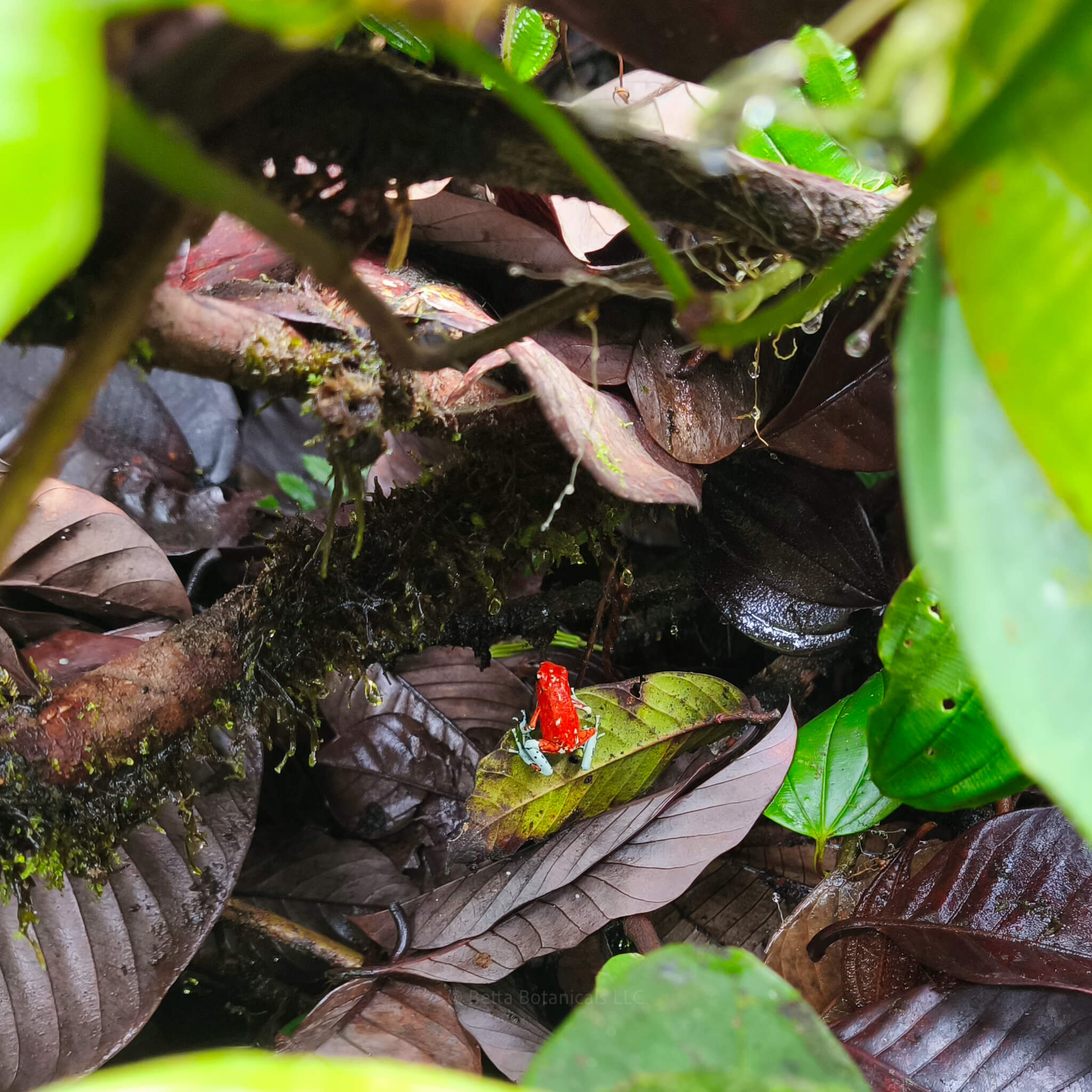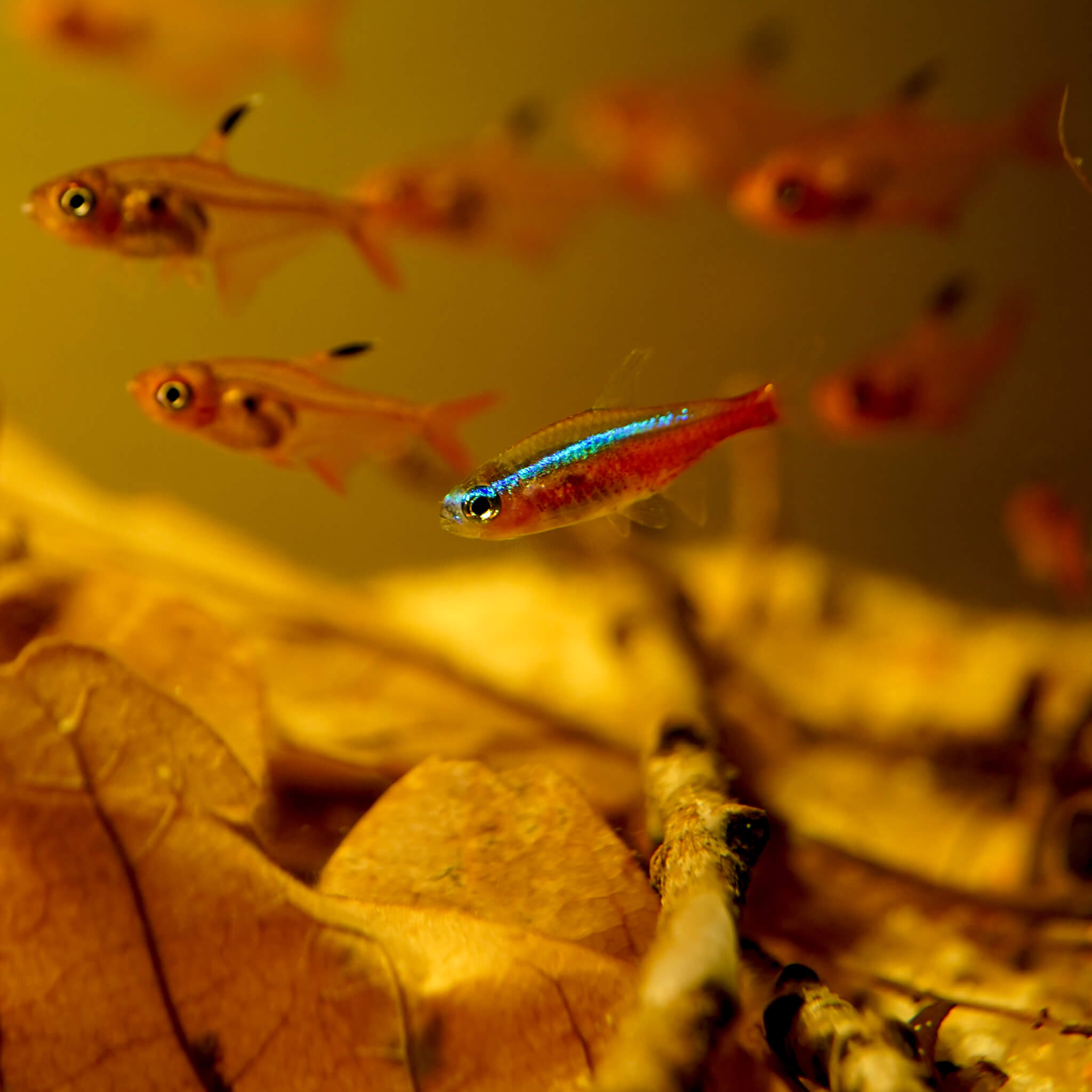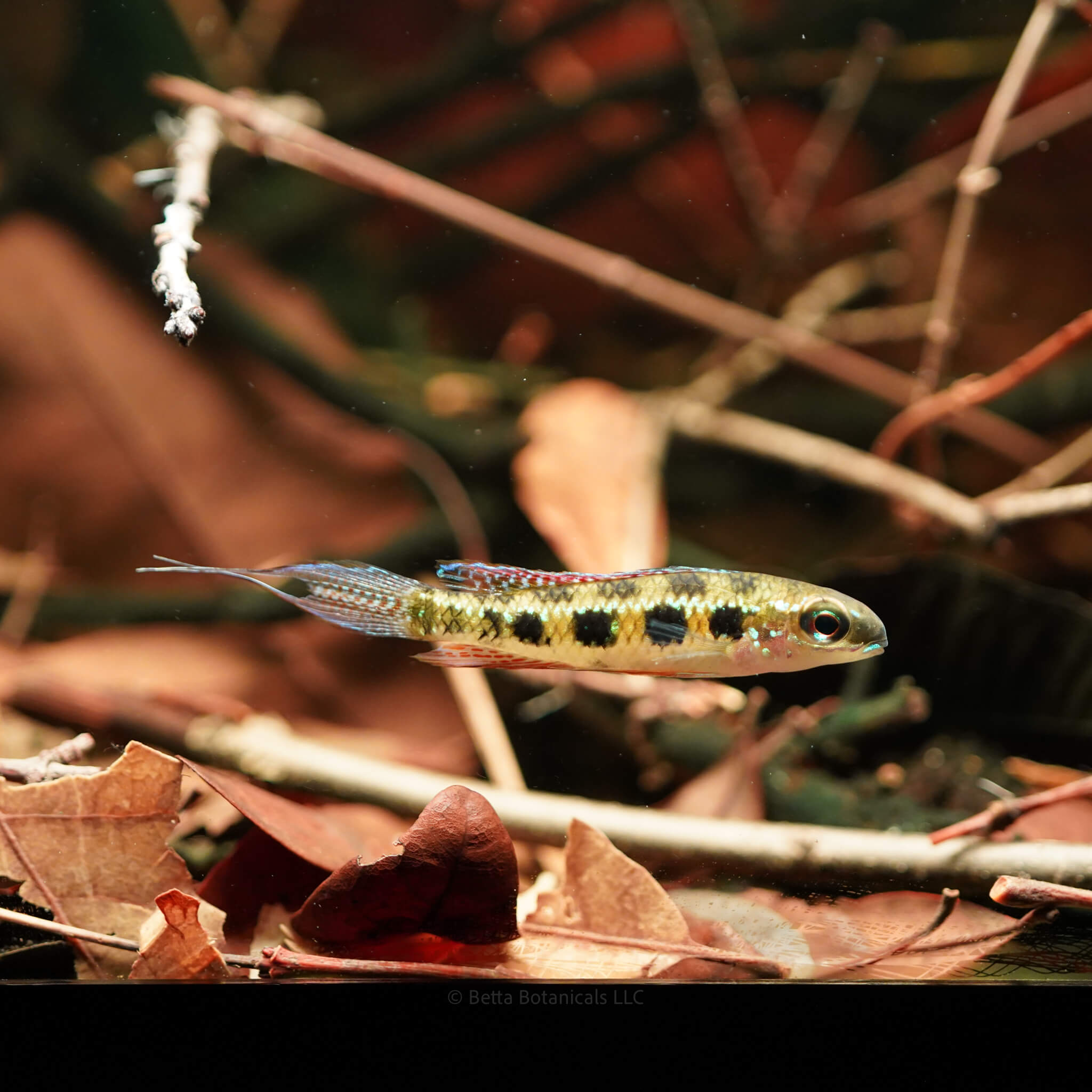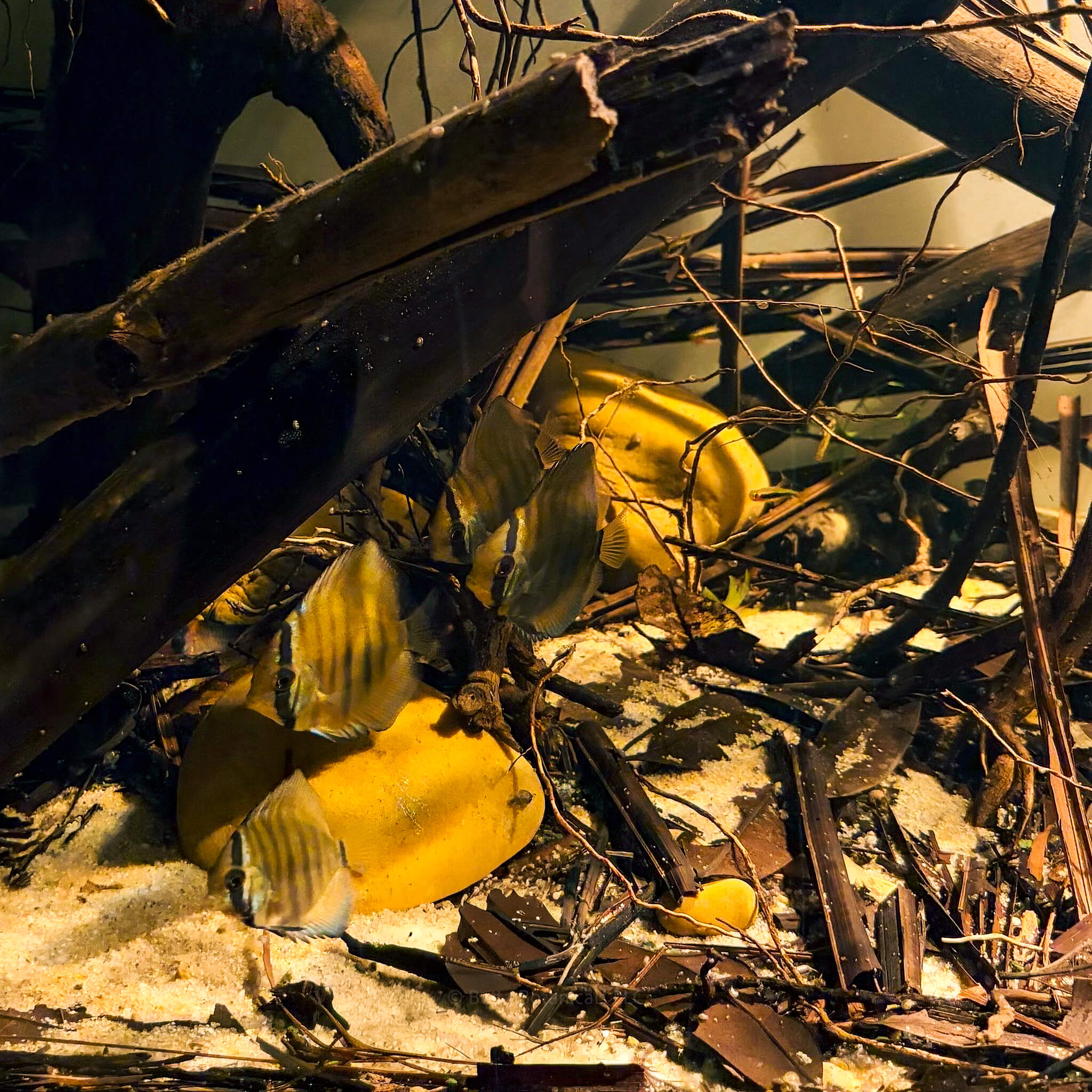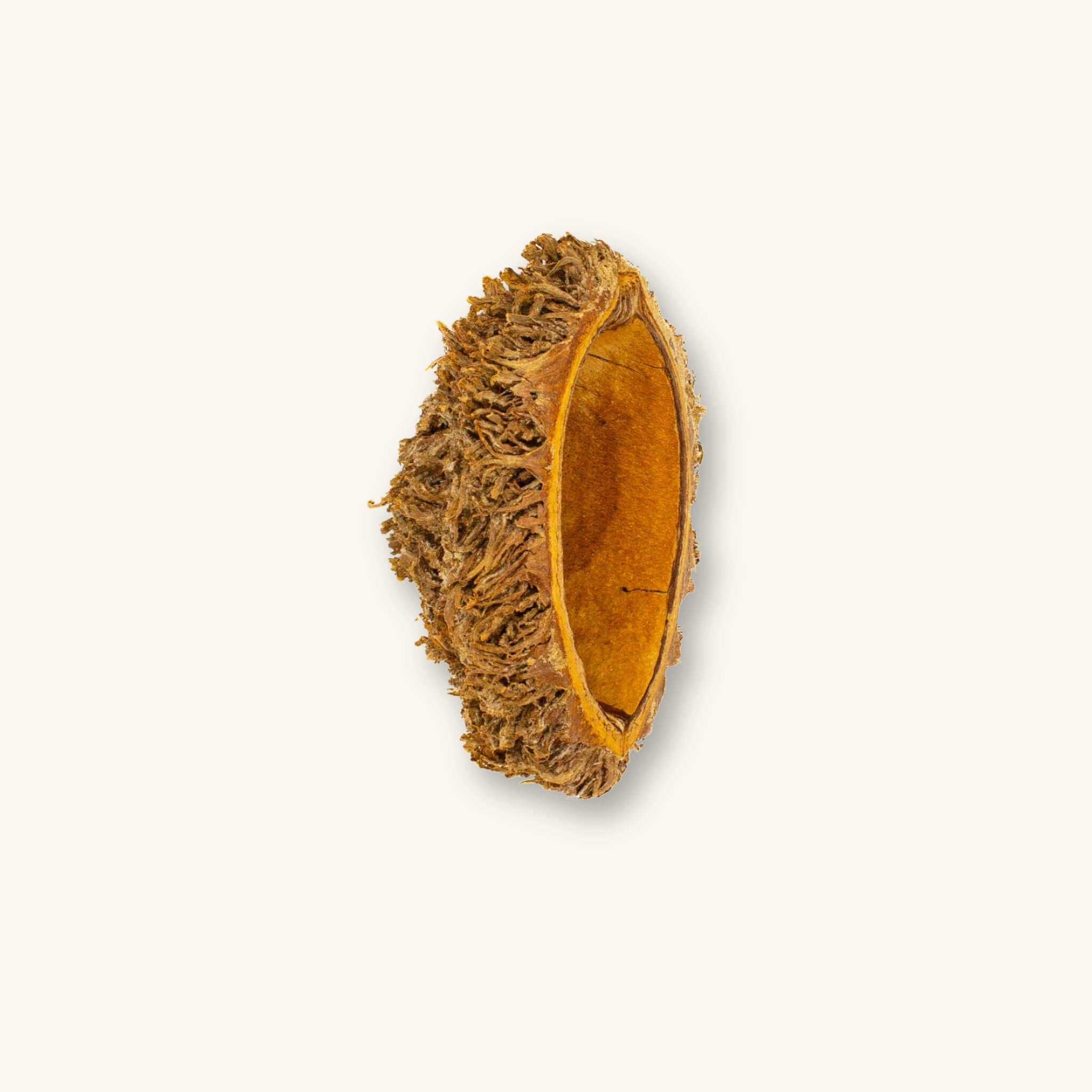
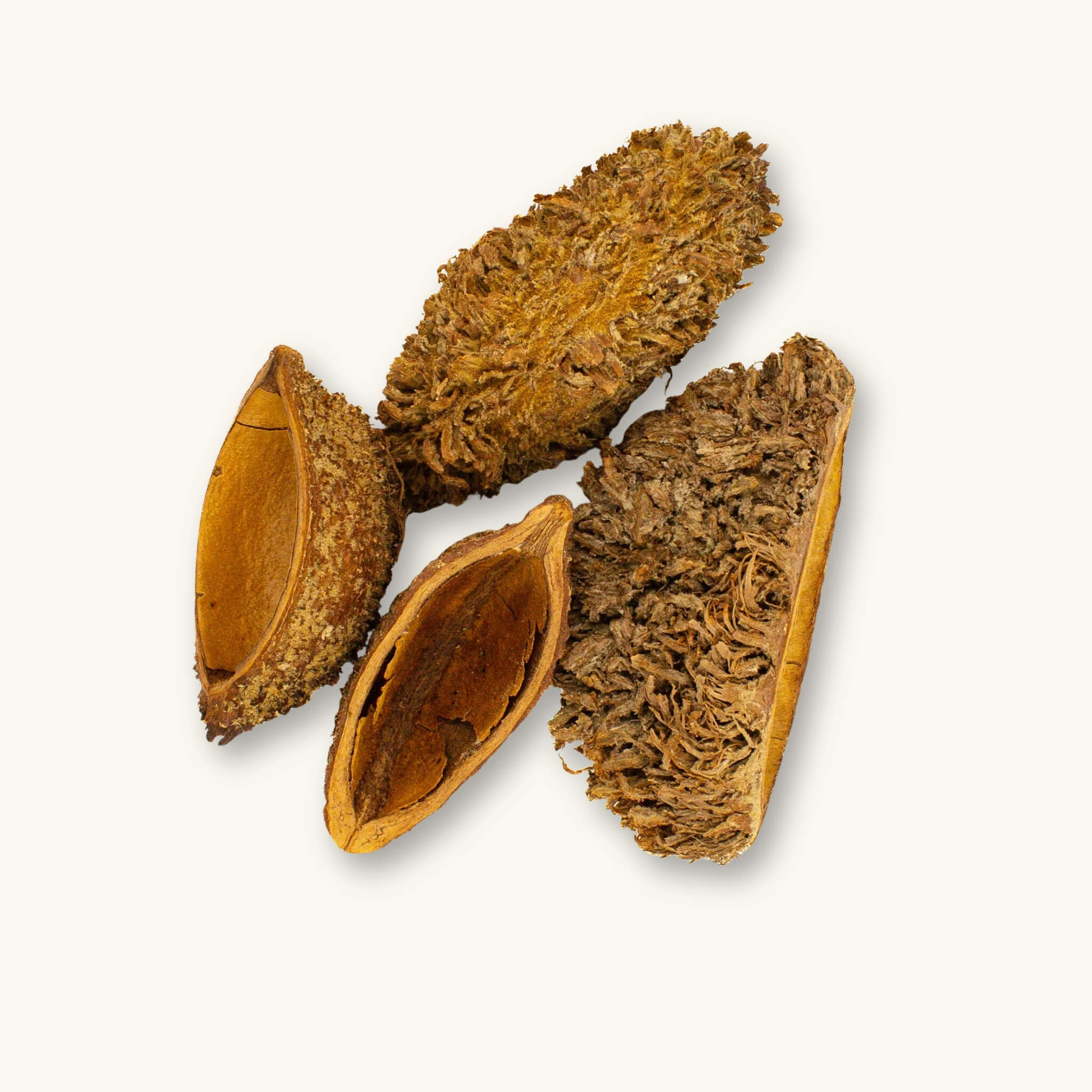
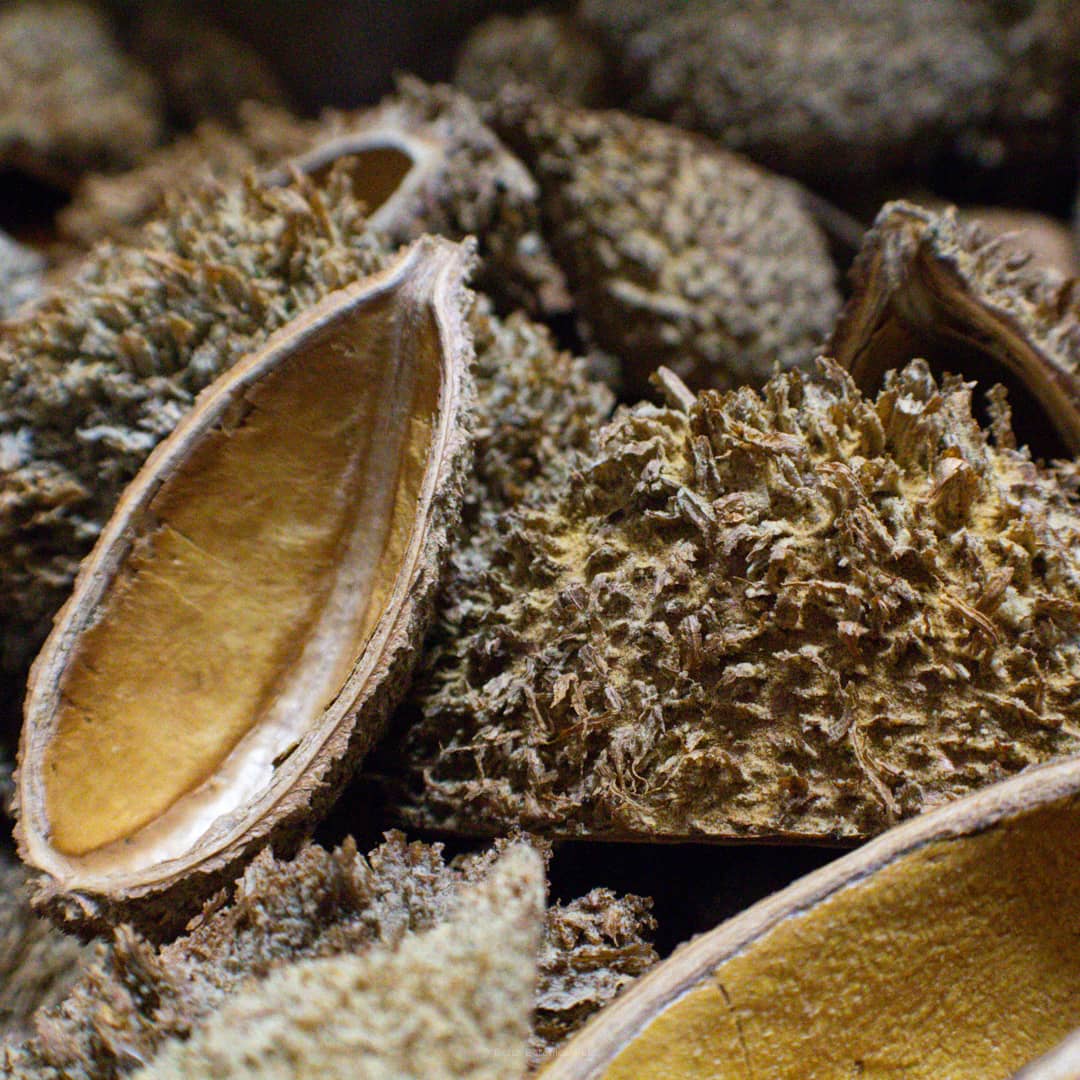
Urchin Pods | Zeyheria digitalis
Product Description: Urchin Pods go by many names in this hobby, Bolsa Pods, Bolsa de Pastor, and Zeyheria digitalis, which makes identifying their scientific name somewhat of a challenge, as these all lead to different botanicals from around the globe. So with that in mind, we will stick with Urchin Pods as they are the most widely accepted name in the aquarium and vivarium hobby. Urchin pods for aquariums are great botanicals to use with South American fish, as they come all the way to us from the Amazon Jungles of Perú. They will float in the aquarium for a number of days before sinking to the substrate, where they will act as caves for all fish and crustaceans that love to seek refuge in botanical elements on the leaf litter bed. Those who opt to use our Urchin Pods in paludariums will see that they are quickly colonized by the clean-up crew, where their soft insides are gradually consumed over time. Their durable outside casing will last for a long time in both terrestrial and aquatic enclosures. They will release a soft brown tint to the water, with mild pH-reducing properties (which you will only see in RODI water).
Not for Human Consumption. Preparation Required.
Quantities: Available in 1c and 4c Zeyheria digitalis Seed Pods. Measures 4-6" across and 1-2" wide. This is a natural product; variation between leaves and botanicals is expected.
Aquarium Botanical Location: Amazon Jungle, Perú.

Urchin Pods | Zeyheria digitalis
Home is getting more natural
While the warm tones of tinted water and layered botanicals may first catch our eye, their true value is ecological. In South American habitats, fallen leaves, seed pods, and woody debris shape water chemistry, soften light, and sustain the microbial food web. Recreating these conditions allows us to mirror the rhythms of blackwater rivers and flooded forests where South American fish, amphibians, and invertebrates feel most at home.
Botanical FAQs
Compostable Packaging Promise
Our packaging is designed to return safely to the Earth, just like the botanicals inside. Every bag is BPA- and Phthalate-free, GMO-free, and contains no animal products. Each meets ASTM D6400 composting standards, ensuring it can fully break down in a home compost bin.
What are the Fluffy White Growths on my Botanicals?
That’s biofilm and fungi—what we call the “goo phase.” It’s one of the clearest signs that your aquarium is alive and functioning. These growths wax and wane naturally as botanicals decompose. They’re harmless, even beneficial, and will disappear on their own once microbial populations stabilize.
Will botanicals lower the pH of my water?
That depends entirely on your source water. In very soft or RODI water, botanicals can gradually lower pH as tannins and humic substances accumulate. In medium to hard tap water, buffering capacity often resists these shifts, and you may not notice much change. At Betta Botanicals HQ, our very hard water (350+ ppm) shows almost no pH change unless we use botanicals like Alder Cones or Macaranga Leaves.
When should I replace leaves or pods in my tank?
We recommend allowing botanicals to fully break down into detritus, since this fuels microbial life and enriches the substrate. You can remove them once they stop tinting the water, but you’ll lose some of their ecological benefits. Each time you add new botanicals, follow proper preparation and observe your livestock until you learn your aquarium’s rhythm.
Are your products just for bettas?
Nope. Our botanicals are safe for almost all aquariums, terrariums, vivariums, and paludariums. The only exceptions are goldfish and axolotls, which may ingest small pods like alder cones or casuarina cones. For those species, we recommend large leaves such as Indian Almond, Loquat, or Jackfruit.
What are Tannins?
Tannins are natural compounds released by leaves, seed pods, and bark as they decompose in water. They soften water, gently lower pH, and create the characteristic tea-stained tint found in blackwater habitats. But their role goes far beyond color—tannins fuel beneficial bacteria, fungi, and biofilms, which form the foundation of a healthy ecosystem. They also offer mild antifungal benefits and help reduce stress in fish by replicating the natural conditions they’ve evolved in. At their core, tannins are plant-derived antioxidants that connect your aquarium to the same processes at work in wild flooded forests and streams.




